2020 was not an ordinary year. The entire world was forced to deal with a new normal: lockdowns, mask wearing, home schooling, travel bans, redundancies and economic consequences. Creativity and joy kept us going – we cooked, painted, learned, supported, stayed at home together, binge-watched shows. The pandemic defined a digital-first approach as the new norm and digital media became more remote, more virtual, more streamed, more personal. Digital media helped to satisfy our need for entertainment in the comforts of our home in different ways.
Our Participation Brand Index, which surveyed over 4,900 respondents across the UK, US and Singapore, shows that for digital media brands to be considered exciting, they must take an active role in shaping categories, experiences and culture. Brands like Disney+, TikTok and PlayStation have proved time and again that they have what it takes to shape culture and change the world.
The digital media brands (Disney, Netflix, TikTok, Twitch, PlayStation, and Nintendo) were amongst the best performers in our study. They showed stronger performance in Singapore than in the USA and UK across all the Participation Brand Index pillars (as visualised below figure 1), with ‘Culture Shaping’ as the strongest pillar at 0.94. This demonstrates the impact these brands are having shaping culture in Singapore.
Leveraging culture has always been important for brands, especially in markets that are culturally different to where they are based. But, instead of just ‘culture surfing’, the digital media giants have shown that truly shaping culture helps them stand out in an overcrowded media environment. Learning from what these more digitally-oriented brands are doing so well can serve as an effective example to other brands.

Figure 1. Chart showing that digital media industry has the highest average Participation Brand Index in Singapore vs the US & UK
With the existing video streaming services in Singapore, including Netflix, Amazon Prime, Disney+ and HBO Go, Singaporeans are spoilt for choice on which streaming service they should sign up for, and which they should discontinue. However, it seems that subscription price isn’t everything.
‘Culture Shaping’ is the key pillar in Singapore that is helping Disney+ win the race against its biggest rival Netflix. Disney+ tops every aspect of Culture Shaping, but edges significantly more in “creating cultural experiences” that people want to be part of. Netflix aren’t slouches in Culture Shaping either, with the brand scoring closely across all dimensions (as visualised below). They have created a number of cultural phenomena, as seen with Tidying up with Marie Kondo and Dear White People, the latter contributing to an ongoing conversation about race and white privilege.
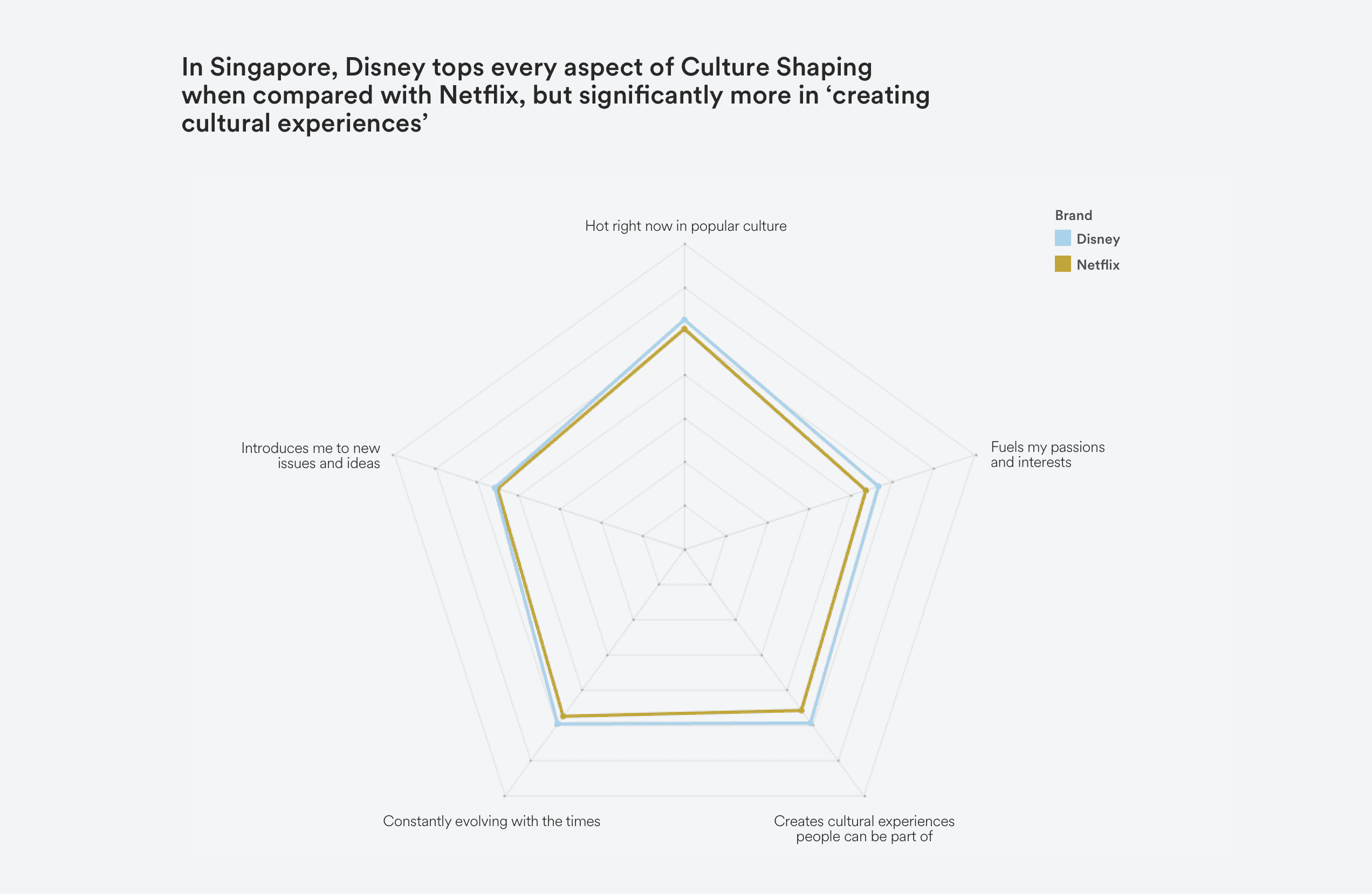
Figure 2. Chart showing that, in Singapore, Disney tops every aspect of Culture Shaping when compared with Netflix, but significantly more in ‘creating cultural experiences’
To overcome Netflix, Disney needed to supersede them in Culture Shaping. Disney+, debuted in the US in November 2019 and rolled out to Canada, Australia, Latin America and Singapore in the following months. In Singapore, Disney+ leveraged multiple platforms to engage consumers during its launch – celebrity music performances, projection mapping to showcase thematic countdown-to-launch at major landmarks, TV, radio, OOH and online to maximise its exposure. This instantly stirred up a nostalgic experience among Singaporeans. Rather than employing Western stars, Disney had JJ Lin to appeal to local Asians. Given Disney’s position as a family-friendly brand and Singapore’s conservative social culture, the launch presentation included a video explainer emphasizing parental controls, age-appropriate content, positive opt-ins and series of family-oriented shows.
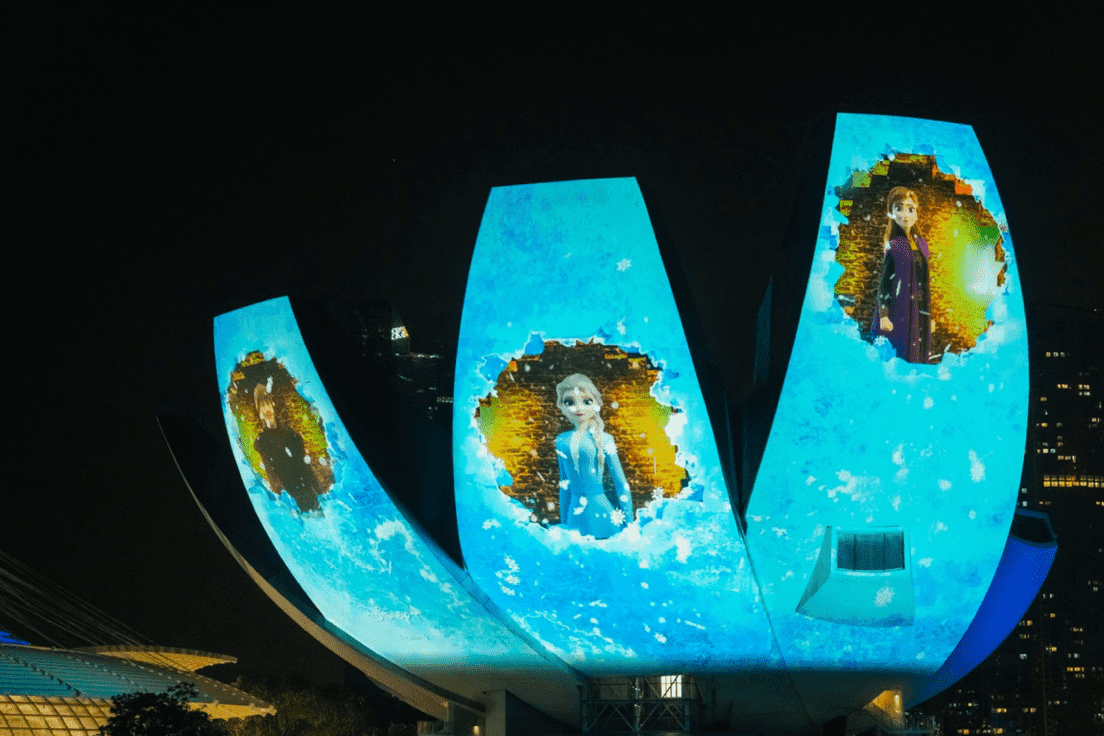
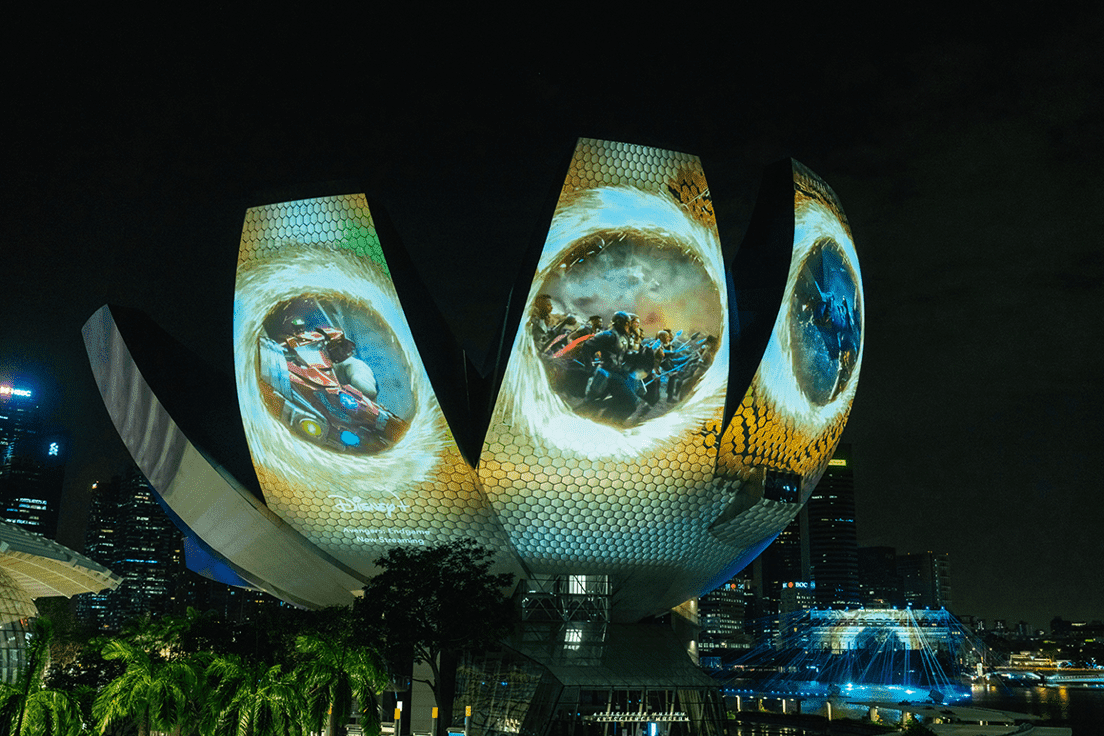
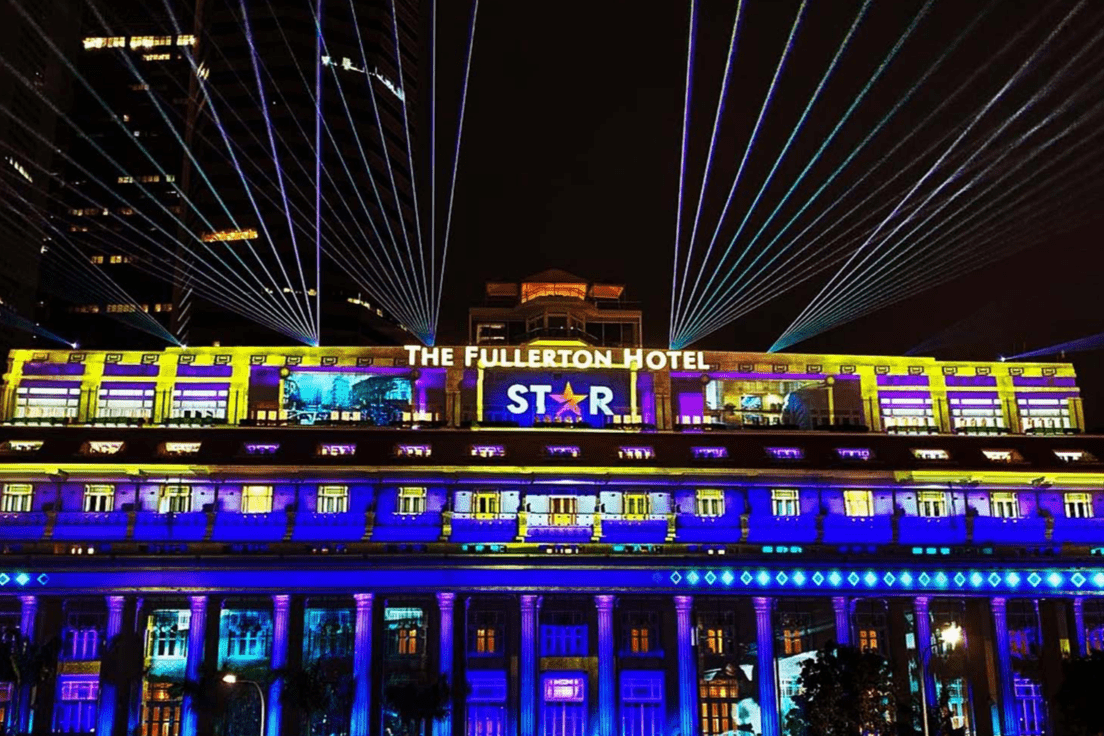
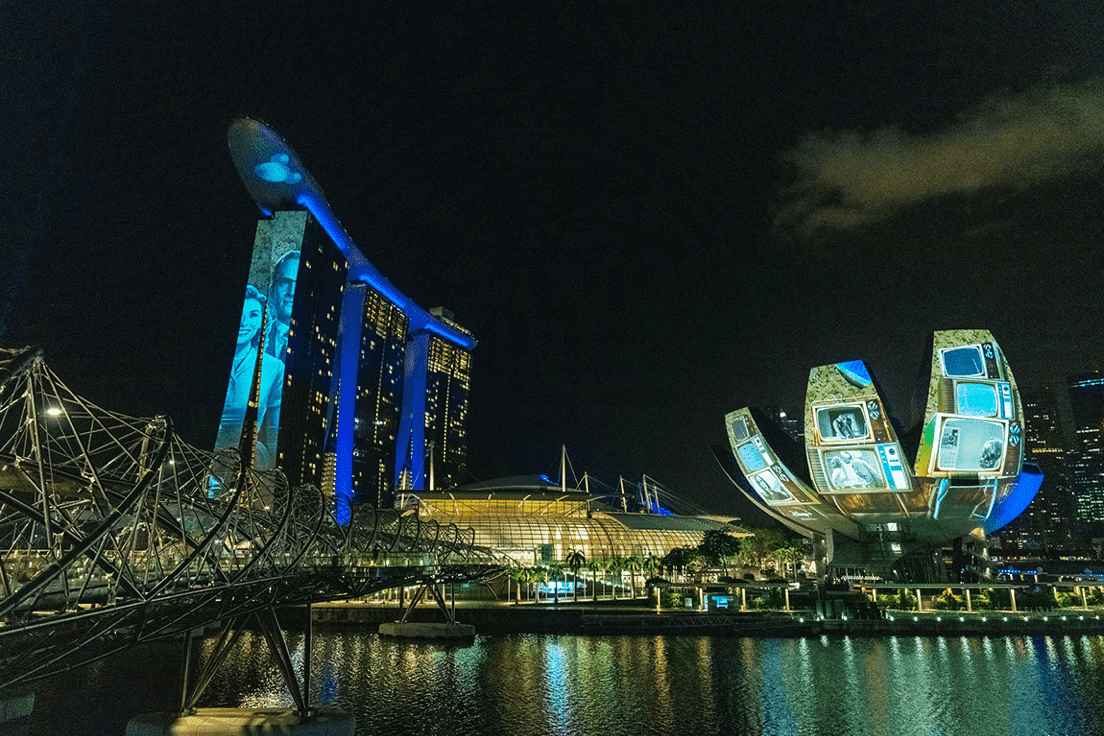
Disney has about 100 years’ worth of content and Singaporean customers love Disney and feel passionate about their many brands—Disney’s animated films, television, parks, Star Wars, Marvel, Pixar. Despite launching years after Netflix, Disney has quickly caught up in terms of number of subscribers in South East Asia. It is interesting to see that Disney is invested in social content and social listening and currently, Disney Singapore Facebook has 3.7m followers (1000x that of Netflix) with >3 posts per day vs 0 from Netflix. If brands want to matter more to more people, they need to see people beyond the demographic – by focusing on an attitude, a lifestyle or a culture – to create magical experiences.

If brands want to matter more to more people, they need to see people beyond the demographic – by focusing on an attitude, a lifestyle or a culture – to create magical experiences.
Like with the streaming giants, Culture Shaping is TikTok’s and Twitch’s strongest performing pillar in Singapore, in particular amongst females (as visualised below figure 4). TikTok outshines its rival Twitch in “fuelling passions and interest” and “creating cultural experiences” (as visualised below figure 5). It is one of the hottest apps and there’s no denying its popularity. In 2020, TikTok shaped “quarantine culture”, such that people of all demographics not only spent more time on browsing the platform, but are also actively taking part. TikTok has grown bigger and more renowned from starting out as just a short-form music-focused video app, to now having an impact on not only social media trends, but also global digital culture at large.

Figure 4. Chart showing that Culture Shaping is the key pillar in Singapore (and more prominent amongst females) that makes TikTok win the race over Twitch.
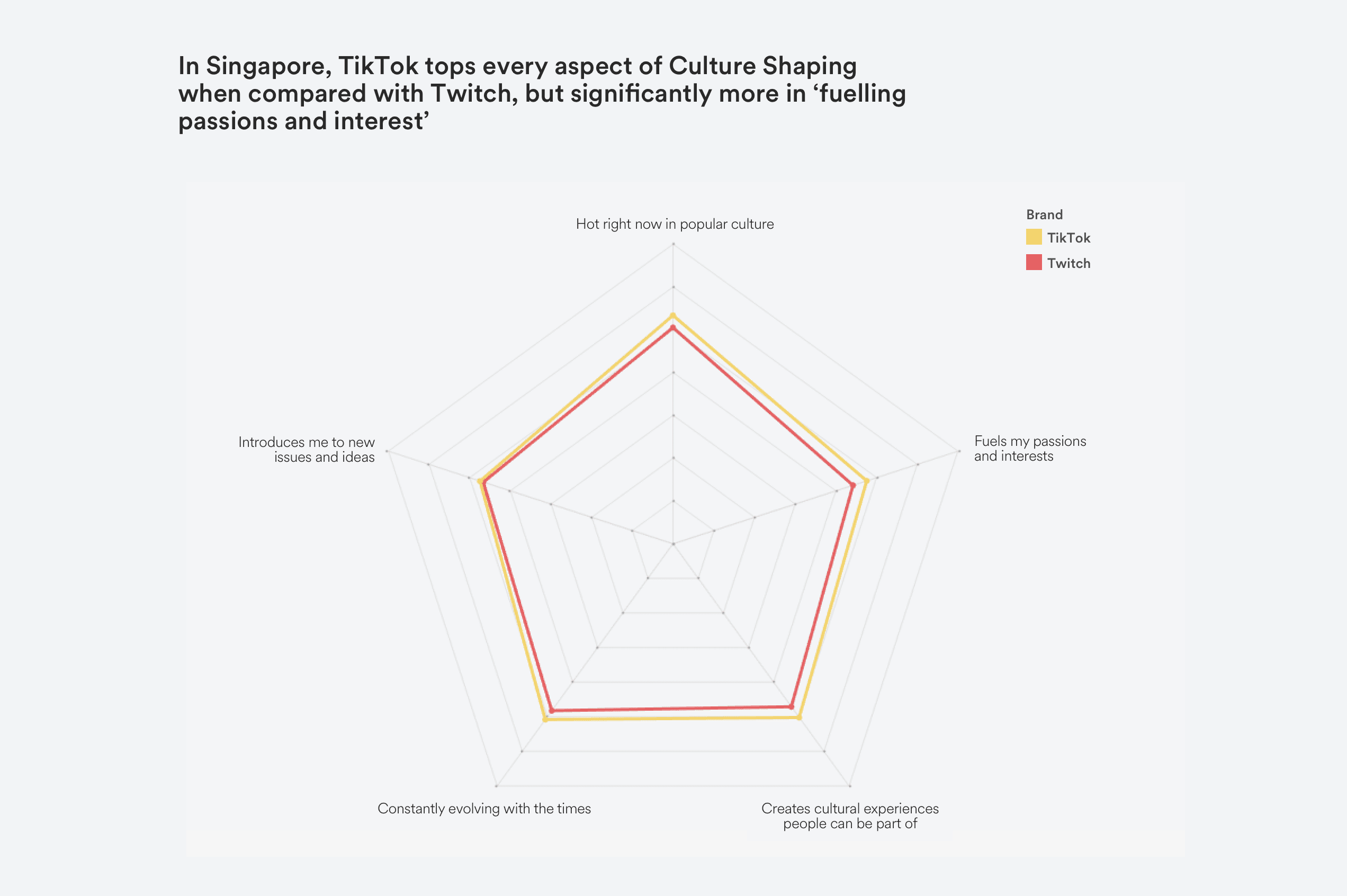
Figure 5. Chart showing that, in Singapore, TikTok tops every aspect of Culture Shaping when compared with Twitch, but significantly more in ‘fuelling passions and interest’.
The main attraction of TikTok is the power to post about anything from humour, hobbies, fitness, travel, music, food, shopping, photography to dance. People use TikTok to fuel their passions and get unfiltered exposure to people, places and products from all around the world. TikTok uses machine learning to analyse the interests and preferences of its users through their interactions and then rewards users with personalized content; eventually communities coalesce around similar passions and interests. People yearn to discover new things, get inspired, make decisions and expand their minds by connecting with these communities. Interestingly, this platform caters to these specific niches, as well as the masses at the same time.
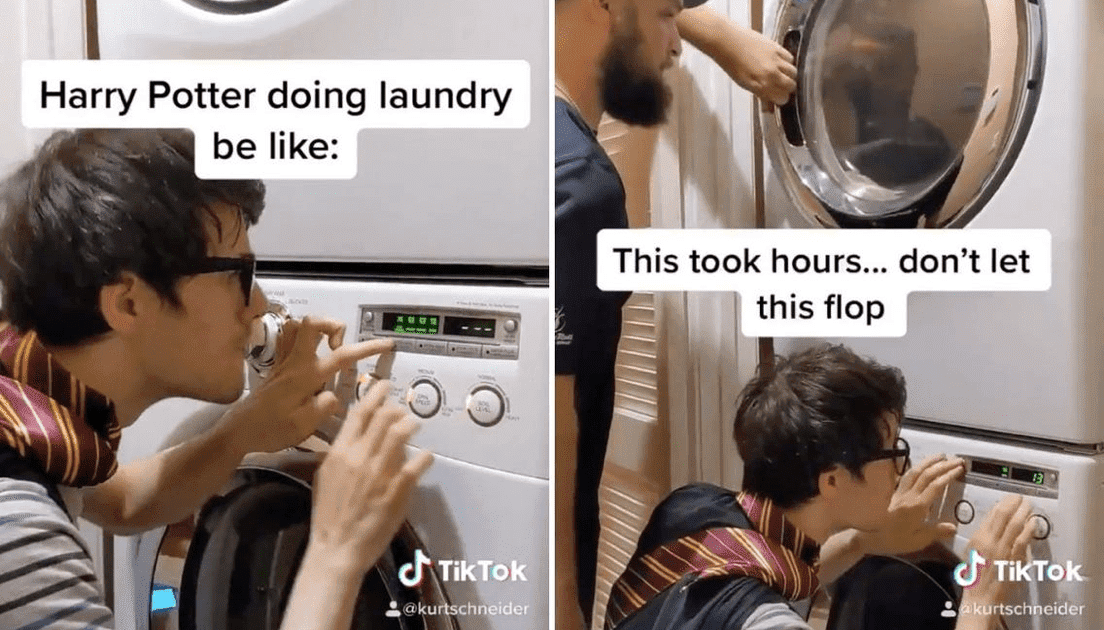

Passion moments are intrinsically valuable aspects of the human experience – they bring cherished value to our lives. Tapping into these passion moments is like a goldmine for marketers. Consumers feel more positively about brands that support their passion – when brands speak to consumers’ belief and passion points, they are able to connect with their audiences more deeply and meaningfully. Brands are leveraging TikTok to harness their audiences’ passion and bolster their engagement strategies. Brands from several categories such as fashion, publishing, sports leagues, non-profit organizations and many more participate in culture via the platform and engage TikTok’s community, generating millions of video views and followers.

When brands speak to consumers’ belief and passion points, they are able to connect with them more deeply
For gaming giants like PlayStation and Nintendo, both Culture Shaping and Distinctive Character drive brand love among Singaporeans (shown below). Both brands score closely across most dimensions – but PlayStation outperforms its rival by scoring higher for “fuels my passions and interests” and in being “provocative and challenging”. PlayStation’s connected experiences and products provide the most comprehensive entertainment experience for the passionate and devoted PlayStation community. It edges ahead of Nintendo in ‘fuels my passions’ through its more focused approach to the cultural phenomenon of eSports.
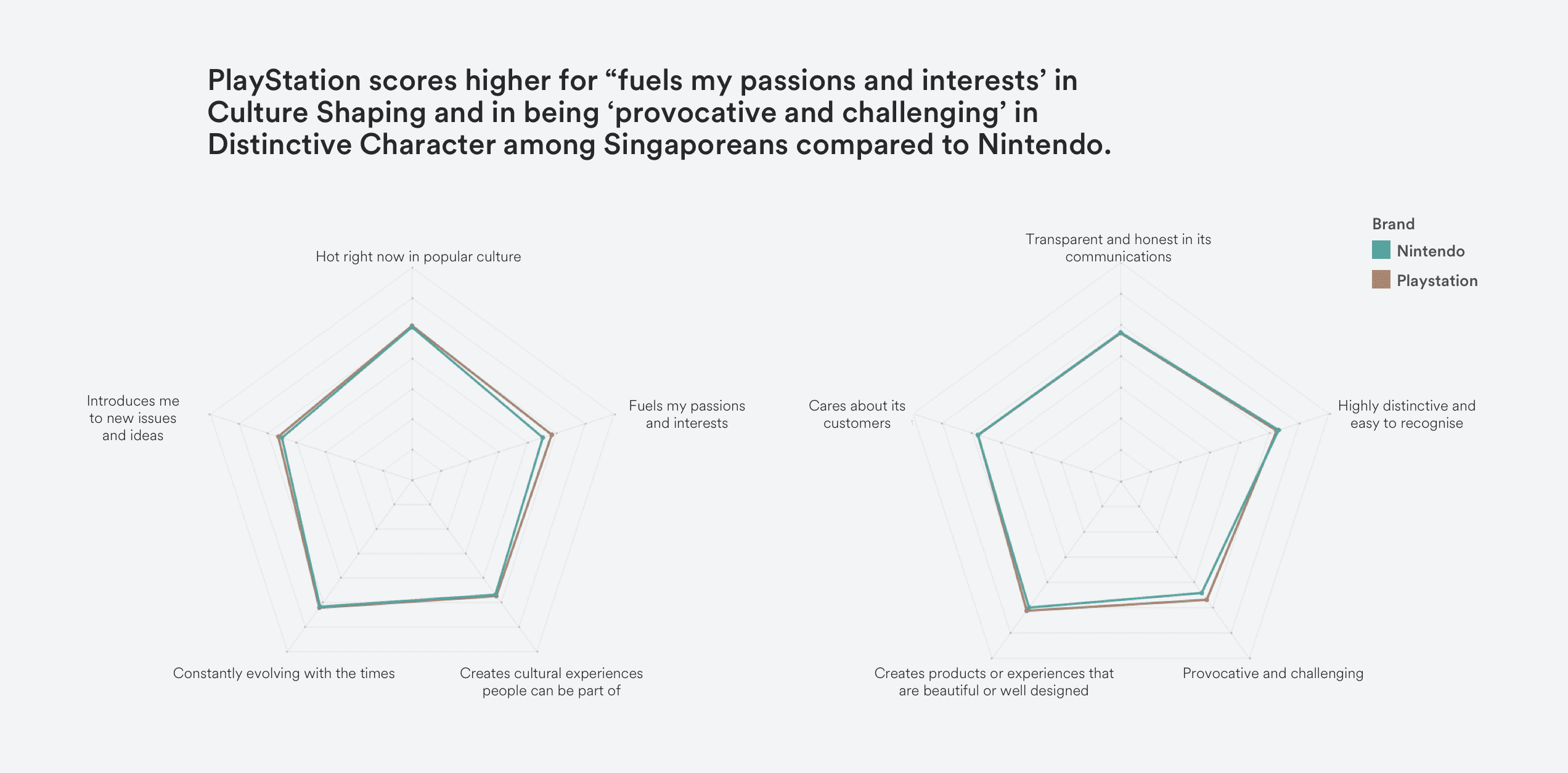
Figure 6a and b. Chart showing that PlayStation scores higher for 'fuels my passions and interests' in Culture Shaping and in being 'provocative and challenging' in Distinctive Character among Singaporeans compared to Nintendo.
Although both Nintendo and PlayStation have a truly Distinctive Character, PlayStation is more ‘provocative and challenging’. With the latest release of PlayStation’s PS5 console, there were initially mixed feelings to the design; the design was a radical and bold departure from previous versions. Fans expressed both their excitement and disapproval about its looks and design – from deeming it an ugly, bulky, dust magnet to being futuristic and classy. However, most of the reactions were playful, gag meme posts and this gave PlayStation a distinctive edge. They rode those conversations with confidence by claiming that the new design is bold, daring and futuristic representing a ‘quantum leap’ over their current devices. And six months after its launch, it has lived up to its promise – consumers now say that it generates a sense of awe and power.


Gaming has established relevance across all genders and age groups and continues to drive a cultural shift across new frontiers – and the conversation has moved from where consumers play, towards what games they play, what their avatars look like, and how they express themselves in the digital realm. Gaming is also progressively entering other culturally important content formats – there is an increase in game-related video and music content. To stay on top, gaming brands must adopt a Distinctive Character – and PlayStation is a masterful example of using a well-established challenger tone of voice to a brand’s benefit.
Provocation drives value, but brands need to be careful that the content seamlessly integrates with its positioning. Brands can encourage positive change by creating respectful provocation to reinforce or challenge consumer mindset. To achieve this, brands must steer provocation so that consumers gain a deeper understanding of their brand values, thereby forging more meaningful, deeper connections.

Brands must steer provocation so that consumers gain a deeper understanding of their brand values, thereby forging more meaningful, deeper connections.
Brands need to ingratiate themselves into the waves that ripple through culture to create a more powerful and relevant role for themselves in the lives on their consumers. The digital media giants provide three valuable tactics all brands can utilise:
The most potent brands integrate aspects of culture into their core message and connect their brand to moments that reflect what they stand for. Digital media brands that actively and purposefully look at the culture buzzing around them and use this to inform how they should best position and integrate themselves are becoming the ‘most loved’.